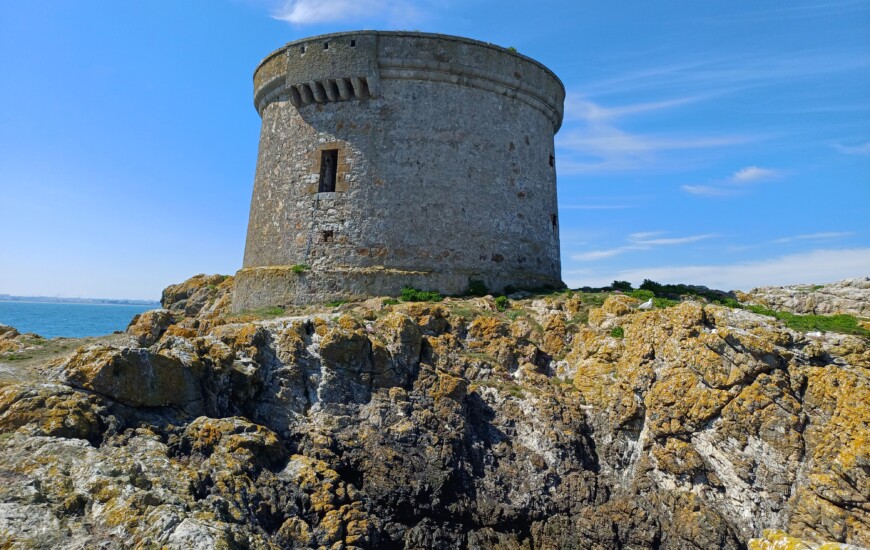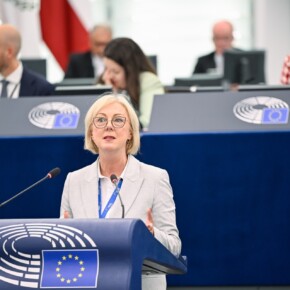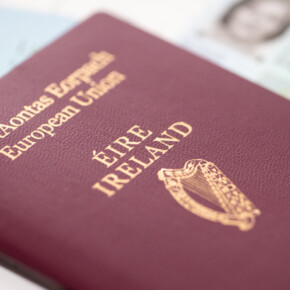Seabird safeguards on Ireland’s Eye
Padraig Conlon 06 Aug 2025
Ireland’s Eye, long known for its rugged beauty and vast seabird colonies, is now at the centre of a renewed conservation effort aimed at balancing public access with wildlife protection.
This summer, Fingal County Council and BirdWatch Ireland rolled out a series of new measures to shield vulnerable nesting grounds from disturbance while guiding the growing number of visitors who make the short trip from Howth to explore the island.
The rocky, uninhabited island, located just off the coast of Howth, is one of the most important bird habitats on the east coast and has long been a nesting ground for thousands of seabirds.
It is designated a Special Protection Area for five species: cormorant, herring gull, kittiwake, common guillemot and razorbill.
The island also supports nationally important numbers of gannets and great black-backed gulls.
With pressure on seabird populations increasing across Ireland, the conservation measures on Ireland’s Eye are part of a broader effort to safeguard vital nesting grounds.
Fingal County Council has implemented a range of initiatives this summer under its Ireland’s Eye Management Plan.
These include the installation of discreet fencing around sensitive nesting sites to protect eggs and chicks from trampling or disturbance.
New illustrated signage has also been placed at key points on the island, urging visitors to remain on marked paths with a clear message: ‘Please enjoy the island respectfully, this is their home – we are just visiting’.
A new lectern and way markers now clearly outline designated walking routes and restricted zones, guiding walkers safely around the island while keeping human traffic away from nesting birds.
A pilot wardening programme, funded through the Local Biodiversity Action Fund 2025 from the National Parks and Wildlife Service, has also been introduced.
BirdWatch Ireland wardens have been on the island throughout the summer, engaging with visitors, recording disturbance events, and gathering data on bird populations.
This census will feed into a longer-term management plan, and it is hoped the scheme can be extended next year with further support.
Lorraine Bull, Executive Biodiversity Officer with Fingal County Council, said the changes are aimed at striking a balance between access and preservation.
“We hope the conservation measures we’ve introduced this year will help give the island’s breeding birds some space to raise their young, while also improving information and guidance to the many visitors to the island,” she said.
Brian Burke, Senior Seabird Conservation Officer with BirdWatch Ireland, welcomed the project as a significant development.
“Irish seabirds are facing a litany of pressures,” he said.
“We hope the more people who get to see them in their natural nesting habitat, the more people will care about them and help turn their fortunes around.”
“Ireland’s Eye is a fantastic place to visit to see species like gannets, guillemots, razorbills, and if you’re lucky, some puffins, but also species that some people take for granted like the gulls,” he added.
“This new project is a great step forward in ensuring the protection of these birds while also ensuring people get to see and enjoy them.”
Ireland’s Eye, while just a short boat trip from Howth Harbour, remains a place apart, a rare example of coastal wilderness close to the capital.
As pressure on biodiversity increases nationwide, efforts like these on the island may prove essential to ensuring such wild places, and the species that depend on them, remain part of the national landscape for generations to come.











